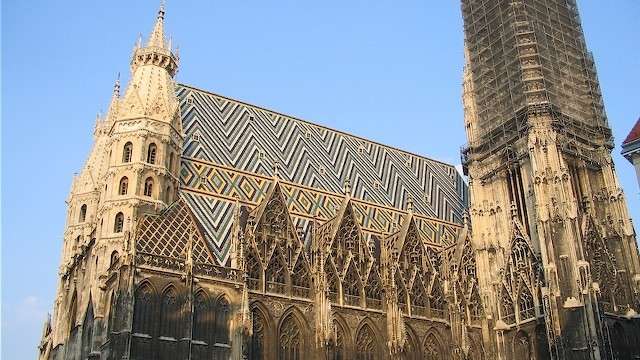Venice • Italy
Considered by many to be one of the most beautiful cities in the world, it stretches across 118 small islands in the marshy Venetian Lagoon along the Adriatic Sea in northeast Italy.
This is one of those places everyone must have seen in pictures or movies, Venice is world known and famous for its canals, built on an archipelago of 118 islands formed by about 150 canals in a shallow lagoon.
The islands on which the city is built are connected by about 400 bridges. In the 19th century, a causeway to the mainland brought a railway station to Venice. Transportation within the city remains, as it was in centuries past, entirely on water or on foot.
Venice is Europe’s largest urban car-free area, unique in Europe in remaining a sizable functioning city in the 21st century entirely without motorcars or trucks.
The classical Venetian boat is the gondola, although it is now mostly used for tourists, or for weddings, funerals, or other ceremonies. Most Venetians travel by motorised water buses (vaporetti) which ply regular routes along the major canals and between the city’s islands.
The buildings of Venice are constructed on closely spaced woodpiles, underwater, in the absence of oxygen, wood does not decay. The piles penetrate alternating layers of clay and sand. Most of these piles are still intact after centuries of submersion. The foundations rest on the piles, and buildings of brick or stone sit above these footings. Buildings are threatened by flood tides pushing in from the Adriatic between autumn and early spring.
The Venetian Republic was a major maritime power during the Middle Ages and Renaissance, as well as a very important centre of commerce (especially silk, grain and spice trade) and art in the 13th century up to the end of the 17th century. Its strategic position at the head of the Adriatic made Venetian naval and commercial power almost invulnerable. The city became a flourishing trade centre between Western Europe and the rest of the world.
Venice began to lose its position as a centre of international trade during the later part of the Renaissance when Portugal found a sea route to India destroying Venice‘s land route monopoly and became Europe’s principal intermediary in the trade with the East, striking at the very foundation of Venice‘s great wealth.
Famous Venetians include Marco Polo who was a trader and explorer one of the first Westerners to travel the Silk Road to China. While a prisoner in Genoa, he dictated in French the tale of his travels known as “Le Livres des Merveilles” – in Italian: Il Milione (The Travels of Marco Polo).
Venice has such a long and wonderful history and it really is a place that has some magic to it, though the crowds can be a bit much, especially during the day when cruise ships dock for the day, but its the night that really makes it sparkle and suddenly you find yourself exclusively wandering the narrow streets and bridges. Venice is not the place to come and party… with so much walking at hand chances are you’ll find yourself in your room early.
Depending on what your looking for you can choose between visiting museums, galleries, seeing a concert or visiting the Murano Factory, but if you are like me who needs a bit of chilling I suggest going to the Lido, an island a short distance away, clean, has a beach and offers food for a fraction of the price you would pay in the centre of Venice.
Though Venice really is very magical there were times when I felt like it was all make-believe, with all the crowds during the day I almost felt as if I was in a Disney Resort where everything was artificial, but Venice is the real deal. It is not the cheapest of places but certainly deserves to be seen.






